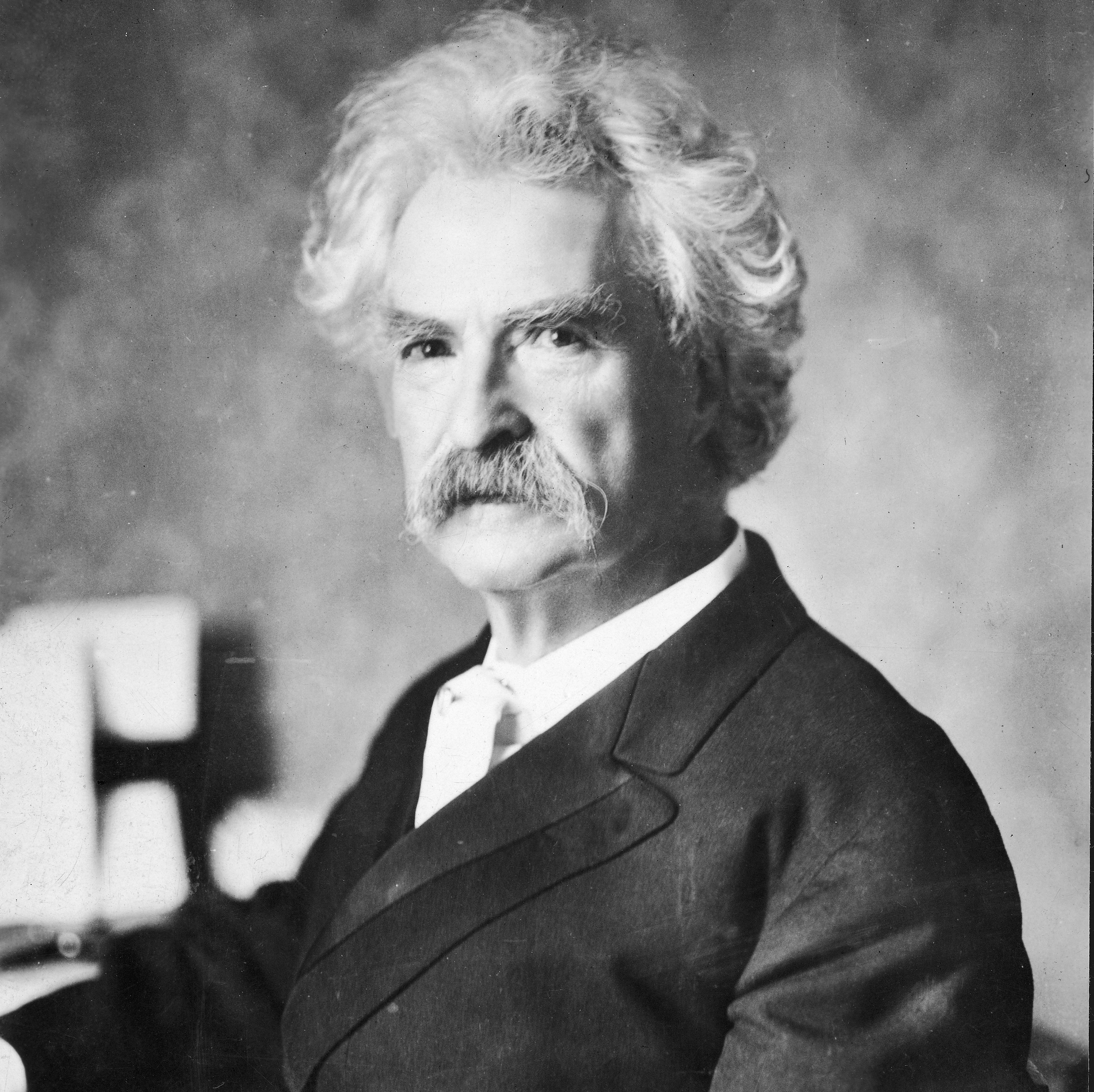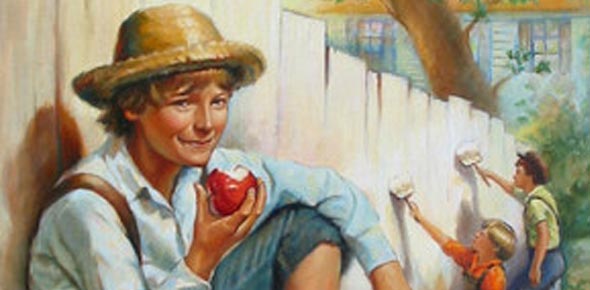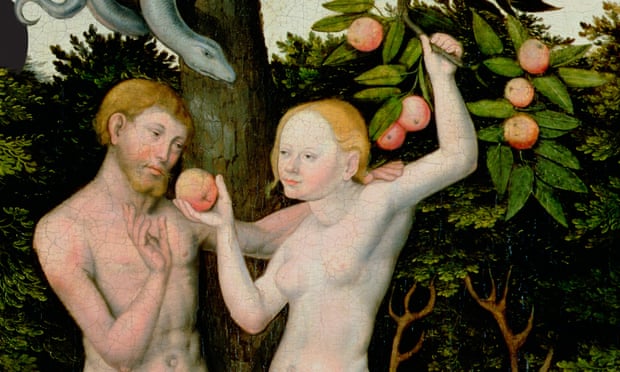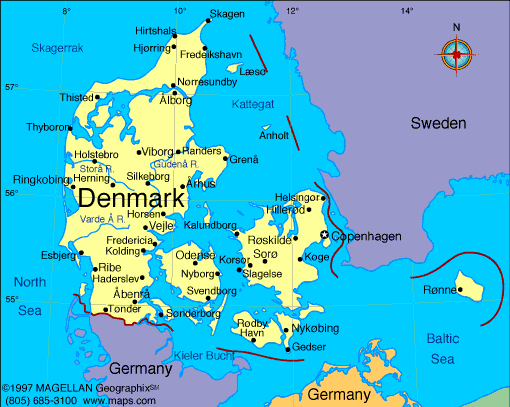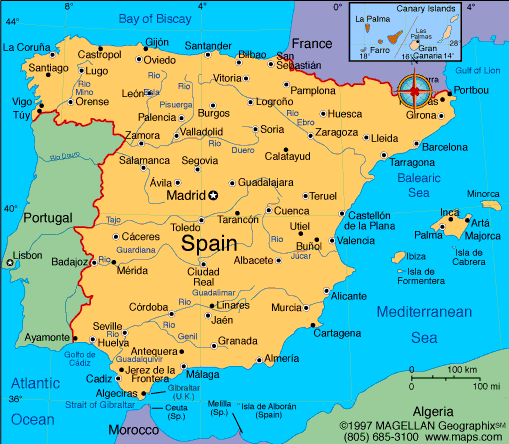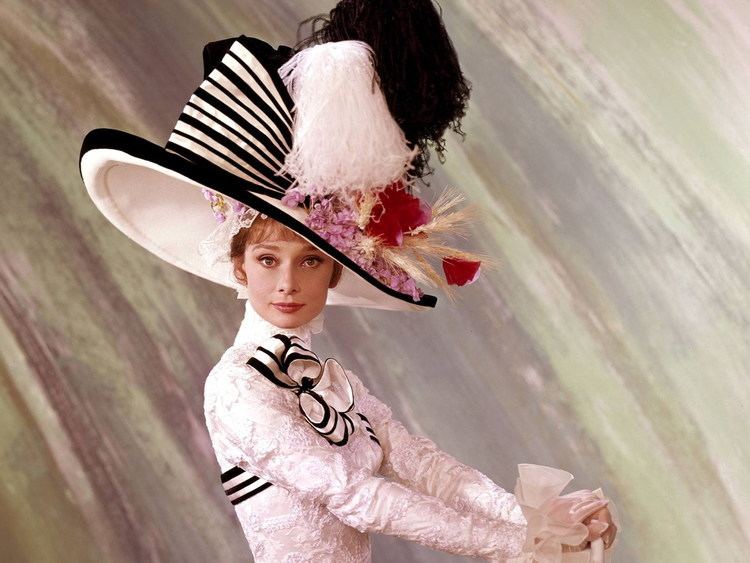The
Adventures of Tom Sawyer
Created by Mark Twain
(Samuel Clemens)
Thomas Sawyer: the main- title character
Family: Aunt Polly (aunt)
Sally Phelps (aunt)
Mary (cousin)
Sid (half-brother)
Tom Sawyer is one of the best known novels written in the United States. It traces the fortunes of the roguish* boy Tom, his adventures, hopes, fantasies, romances and his harsh collision with a very adult world of greed and murder. The book is a thriller and a comedy, an exploration of youth and a rich picture of rural life in the nineteenth century Mississippi. The novel is ideal material for a stage adaptation as it is full of action and every scene is centred around one character: Tom Sawyer, perhaps the most engaging youth in American literature.
*roguish: playfully mischievous
Inspiration
The fictional character's name may have been derived from a jolly and extravagant chief named Tom Sawyer with whom Twain was acquainted in San Francisco, California, while Twain was employed as a reporter at the San Francisco Call. Twain used to listen to Sawyer tell stories of his youth, "Sam, he would listen to these pranks of mine with great interest and he'd occasionally take 'em down in his
Twain himself said the character sprang from three people, later identified as: John B. Briggs (who died in 1907), William Bowen (who died in 1893). Twain later changed his story saying Sawyer was fully formed solely from his imagination, but as Robert Graysmith says, "The great appropriator liked to pretend his characters sprang fully grown from his fertile mind"
Tom
His best friends include Joe Harper and Huckleberry Finn.
One of the most famous scenes in the book is the “fence scene”, where Tom Sawyer is asked by his Aunt Polly to whitewash their fence as a punishment for a prior mischief. Tom Sawyer, being young, wishes he could play instead. Ben Rogers, one of his friends sees him doing this job and does his best to make fun of him for his penance.Tom turns the situation around and a dozen boys paint the fence for him while he plays to his heart’s desire and they even pay him for the privilege.
Watch the scene of the fence and find out some more character traits that Tom possesses.
In The Adventures of Tom Sawyer, Tom's love for classmate Becky Thatcher is apparent as he tries to make an impression on her with his strength, boldness, and handsome looks.
Themes
The novel (bildungsroman) deals with several themes such as youth, hope and dreams, manipulation, however, the most important themes are definitely:
